Kerala Style Appam (Rice and Coconut Pancake) is a light and healthy breakfast. It’s one of Kerala’s must-try specialties. Appam is bowl-shaped and made by fermenting rice and coconut with the help of yeast. In central Kerala, it is called Palappam. In the Malabar region, it is known as Vellayappam.
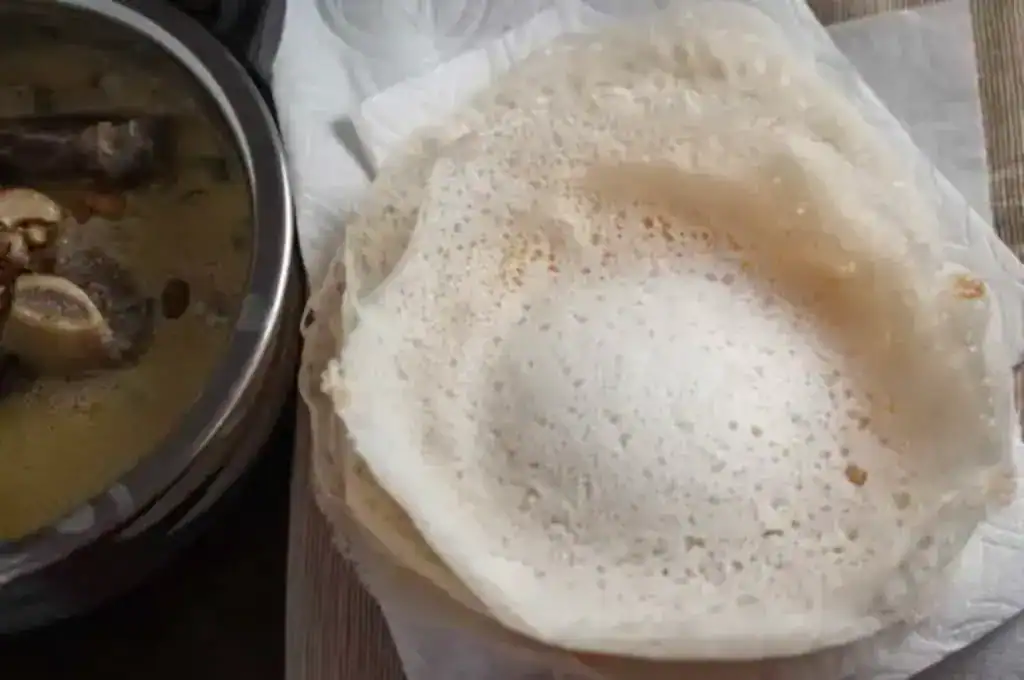
Here you’ll learn how to get the texture right, make it soft and airy, pair it well, and store it without losing freshness.
Jump to:
- What is Kerala Style Appam?
- Why You'll Love This Recipe?
- Recipe Ingredients
- Variations to Try
- How To Make Kerala Style Appam? (Step-by-Step Guide)
- Tips And Tricks
- Serving Suggestions
- Storage Instructions
- Frequently Asked Questions (FAQ)
- More Kerala Rice Recipes To Try
- Kerala Style Appam (Rice and coconut pancake)
What is Kerala Style Appam?
Kerala Style Appam is a pancake-like breakfast dish with a crispy lace-like edge and a soft, fluffy center. The fermented rice and coconut batter is poured into a curved pan (appachatti) and gently swirled to create its bowl-like shape.
The smell of cooked appam is a mix of rice, coconut, and a slight yeasty note from fermentation. The taste, especially at the center, is a balance between the mild sweetness of coconut and the gentle sourness developed during fermentation. The edges taste like toasted rice treats.
A very close dish is the hopper from Sri Lanka. Countries like Indonesia, Myanmar, and many others also have similar rice and coconut pancakes.
If you enjoy rice-based Kerala breakfasts, don’t miss our soft and filling Kerala Style Puttu.
Why You'll Love This Recipe?
Everyone loves this dish because it is light, tasty, and easy to pair with anything you have at home. You can enjoy it sweet with jaggery or sugar, or savory with any curry. It is naturally gluten-free and vegan, making it a simple and healthy choice for all.
Recipe Ingredients
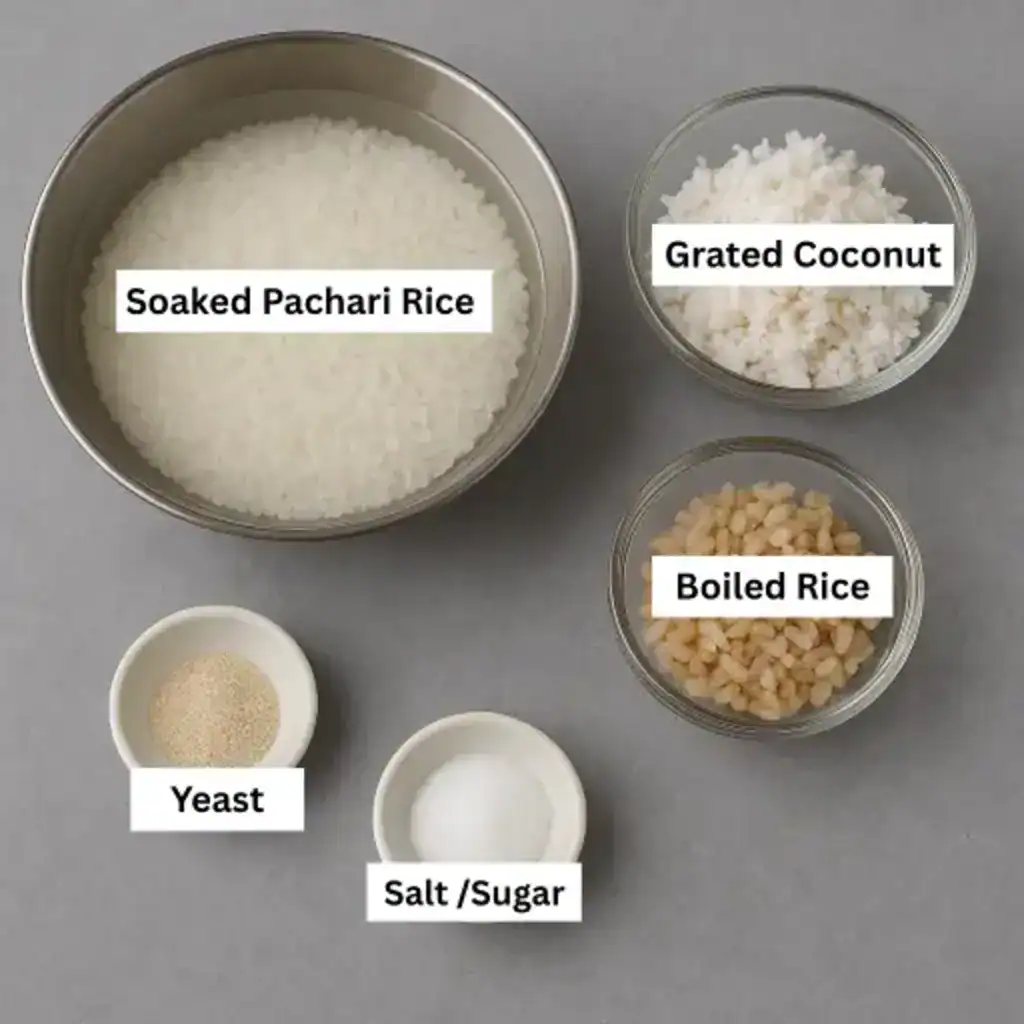
1. Rice
You need two types:
– Raw rice: Use pachari or idli rice. Wash well and soak. In hot weather, reduce soaking time as mentioned in the recipe card.
– Boiled rice: Any boiled rice works. White boiled rice gives appam a brighter color.
2. Yeast
Instant yeast is used. If you are using active dry yeast, follow the blooming steps and exact measurements given in the recipe card notes.
3. Coconut
Freshly grated coconut gives the best result. If not available, coconut milk is a good alternative.
4. Other Ingredients
Salt, sugar, and water. All quantities, soaking times, and nutrition details are given in the recipe card.
Variations to Try
- Without Yeast
You can skip yeast, but the batter needs longer fermentation. Leave it overnight or more, depending on the climate. - Rice Flour Version
Instead of raw rice, you can use rice flour. This method involves a simple kappi kachal step before fermentation. - Kallappam (Toddy Appam)
Use toddy (kallu) instead of yeast. This version is usually thicker and has a flat shape. - Masala Appam
Add chopped onion, green chilli, curry leaves, or crushed pepper to the batter. Cook it like uttapam for a spicy variation. - Egg Appam
Crack an egg on top while cooking. Cover and steam until the egg sets. This gives a soft, rich center.
Egg Appam hits different when paired with Kerala-style roasts like Kozhi Roast, Chemeen Roast, or Nadan Beef Roast. It turns into a truly special meal.
How To Make Kerala Style Appam? (Step-by-Step Guide)
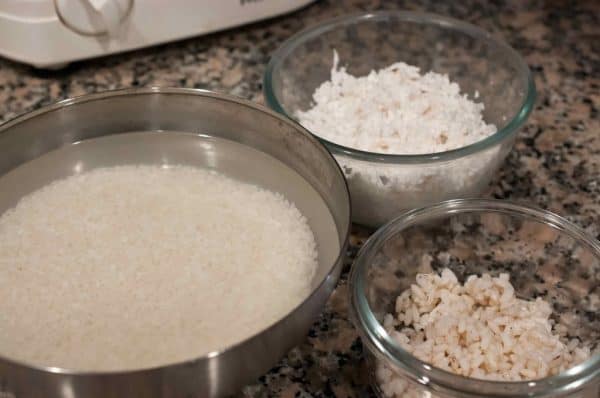
STEP 1: Wash the rice well 2-3 times in running water. Soak rice in water for about 6-8 hours.
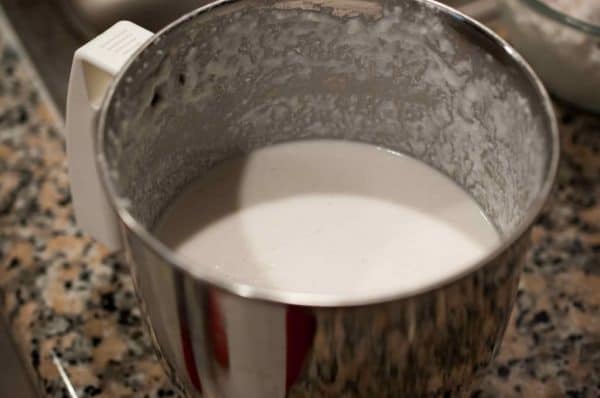
STEP 2: Grind together rice, grated coconut, and cooked red boiled rice in a mixer/blender in multiple batches. Use the water used for soaking rice, and use extra water as needed to grind.
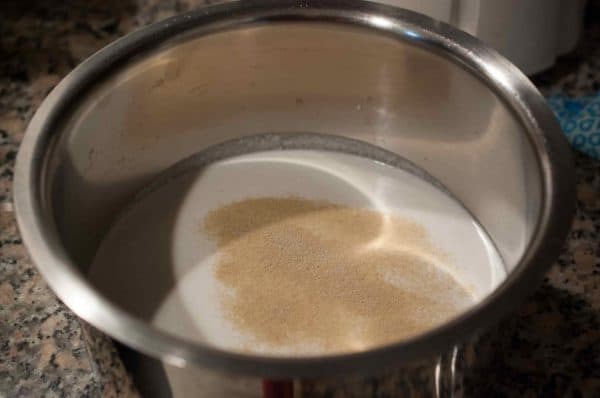
STEP 3: Add yeast to the batter and mix well. I used Rapid Rise/Instant yeast. Refer to Notes for more details.
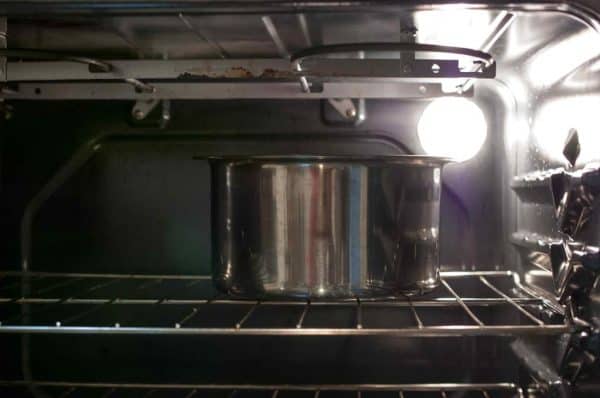
STEP 4: Cover the batter bowl with a lid and let it rest in a warm area overnight to ferment/to rise. It will take around 8-9 hours to ferment. The batter would have doubled and become foamy after fermentation. In California weather, I keep the batter bowl inside the oven with the lights on. Believe me, it helps to ferment.
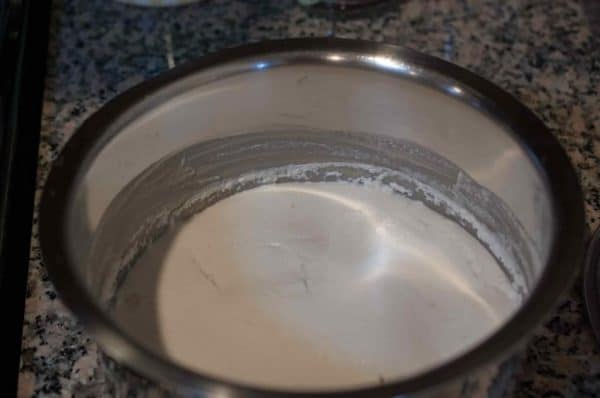
STEP 5: Add sugar and salt. Adjust the quantity as per your taste. Mix well. You can store it in the refrigerator for up to 2-3 days and use it when required.
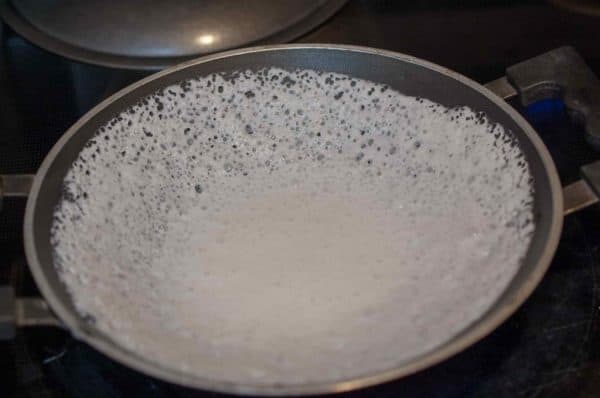
STEP 6: Heat the appachatti. Pour a ladleful of batter and swirl the pan. It should be slightly thick in the center, thin and lacy over the sides. Cover and cook. It will take around 3 minutes. The center should be cooked, and the sides should be slightly brown. Remove it with the help of a spatula and serve hot.
If you loved this, the next rice dish to try is our Kerala Style Ney Choru (Ghee Rice).
Tips And Tricks
- Pachari is the rice most commonly used to make the Appam batter. If you cannot find it, you can use idly/sonamasoori/any other long-grain rice.
- I have found Rapid Rise yeast very useful. I use the brand Fleischmann's. It's an instant yeast and no need to hydrate in water.
- If you are using an Active Dry yeast, dissolve 1 teaspoon of yeast in 1-2 tablespoons of lukewarm water and then add to the batter.
- Cooked red boiled rice or white boiled rice gives the best results. It makes the Appam very soft and fluffy.
- Traditional Appam is made in a appachatti. If you don't have one, use a flat non-stick pan.
Special Tip: Kerala Style Appam pairs best with Kerala Style stews like Kozhi Stew or Mutton Stew.
Serving Suggestions
This palappam/vellayappam can be enjoyed in two ways: sweet or savory.
- Sweet Style
Pour coconut milk and add sugar for a simple version. To make it richer, serve with a small banana. You can also use shaved jaggery or condensed milk instead of sugar. Any type of milk can be used if coconut milk is not available. - Savory Style
Appam pairs best with Kerala-style stews. Kerala Style Egg Curry or Nadan Egg Roast is another classic combo. It also goes well with spicy curries like chicken or beef, or with dry-style roasts.
Storage Instructions
Cooked Kerala style appam is not recommended for fridge or freezer storage. The texture will change and lose its softness and crisp edges.
However, the batter can be stored in a clean, airtight container in the fridge for 2 to 3 days.
You can make fresh hot appam whenever needed and enjoy it warm.
Frequently Asked Questions (FAQ)
This usually happens due to old or poor-quality yeast. Fermentation also depends on temperature. If the weather is cold, the batter may not rise. Try keeping it in a pre-warmed (but turned off) oven or any warm spot in your home.
This often happens when the batter is too thick or the flame is too high. Make sure the batter has the right pouring consistency. Start with medium flame. Once you pour the batter, reduce to low and cover with a lid. This helps trap steam and cook the center evenly.
More Kerala Rice Recipes To Try
I’d love to hear your thoughts if you have tried this! Please leave a ⭐️ rating and a comment below. Don’t forget to share your photos on Instagram and tag @a_little_bit_of_spice.
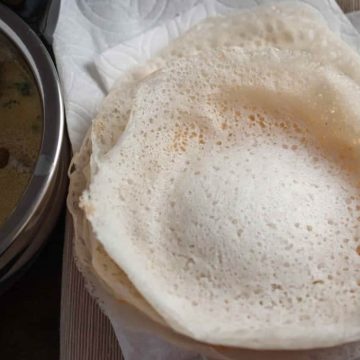
Kerala Style Appam (Rice and coconut pancake)
Ingredients
- 1 ¼ cups Pachari Rice / Idly
- ¾ cup grated coconut
- ¼ cup Red Boiled Rice (Cooked)
- ½ teaspoon yeast
- 2 tablespoons sugar
- ½ - 1 teaspoon salt
Instructions
- Wash the rice well for 2-3 times in running water. Soak rice in water for about 6-8 hours.
- Grind together rice, grated coconut and cooked red boiled rice in a mixer/blender in multiple batches. Use the water used for soaking rice and use extra water as needed to grind.
- Add yeast to the batter and mix well. I used Rapid Rise/Instant yeast. Refer Notes for more details.
- Cover the batter bowl with a lid and let it rest in a warm area overnight to ferment/to rise. It will take around 8-9 hours to ferment. The batter would have doubled and foamy after fermentation. In California weather, I keep the batter bowl inside the oven with lights on. Believe me, it helps to ferment.
- Add sugar and salt. Adjust the quantity as per your taste. Mix well. You can store in the refrigerator for up to 2-3 days and use when required.
- Heat the appam pan/appam chatti. Pour a ladleful of batter and swirl the pan. It should be slightly thick in the center, thin and lacy over the sides. Cover and cook. It will take around 3 minutes. The centre should be cooked and the sides should be slightly brown. Remove it with the help of a spatula and serve hot.
Notes
- Pachari is the rice most commonly used to make the Appam batter. If you cannot find it, you can use idly/sonamasoori/any other long-grain rice.
- I have found Rapid Rise yeast very useful. I use the brand Fleischmann's. It's an instant yeast and no need to hydrate it in water.
- If you are using an Active Dry yeast, dissolve 1 teaspoon of yeast in 1-2 tablespoons of lukewarm water and then add to the batter.
- Cooked red boiled rice or white boiled rice gives the best results. It makes the Appam very soft and fluffy.
- Traditional Appam is made in a appachatti. If you don't have one, use a flat non-stick pan.
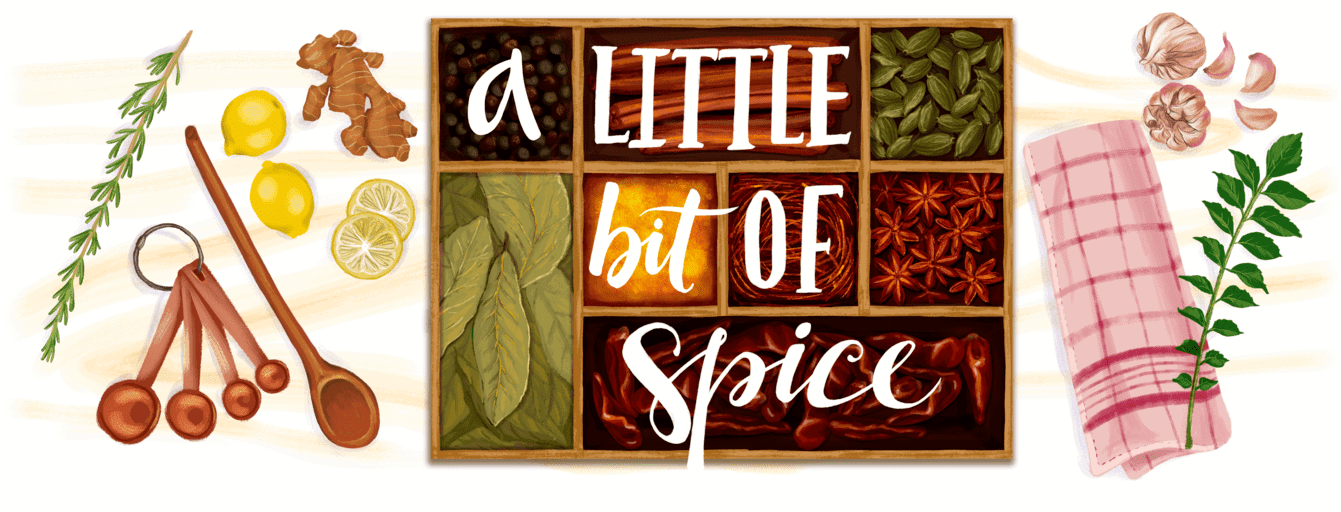





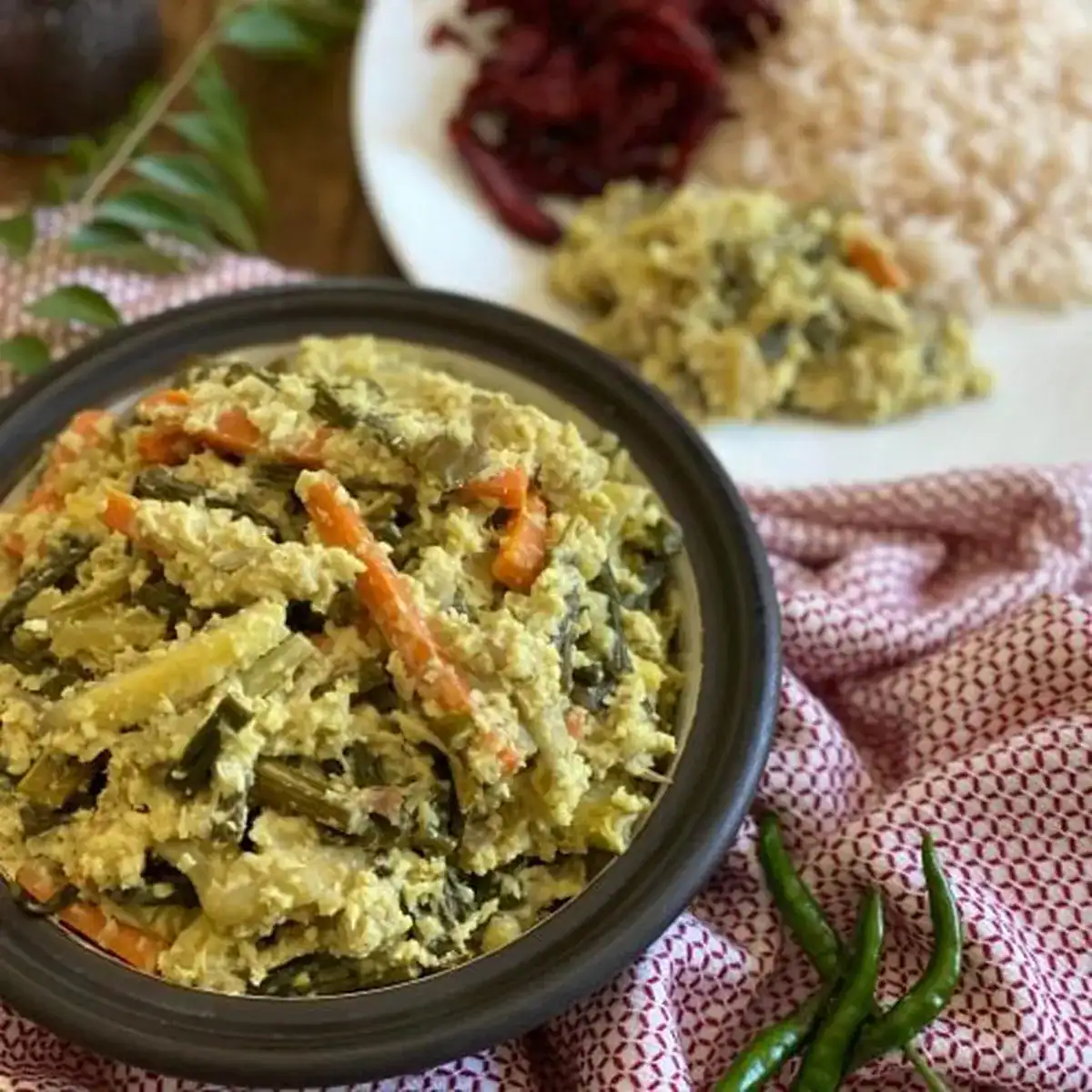
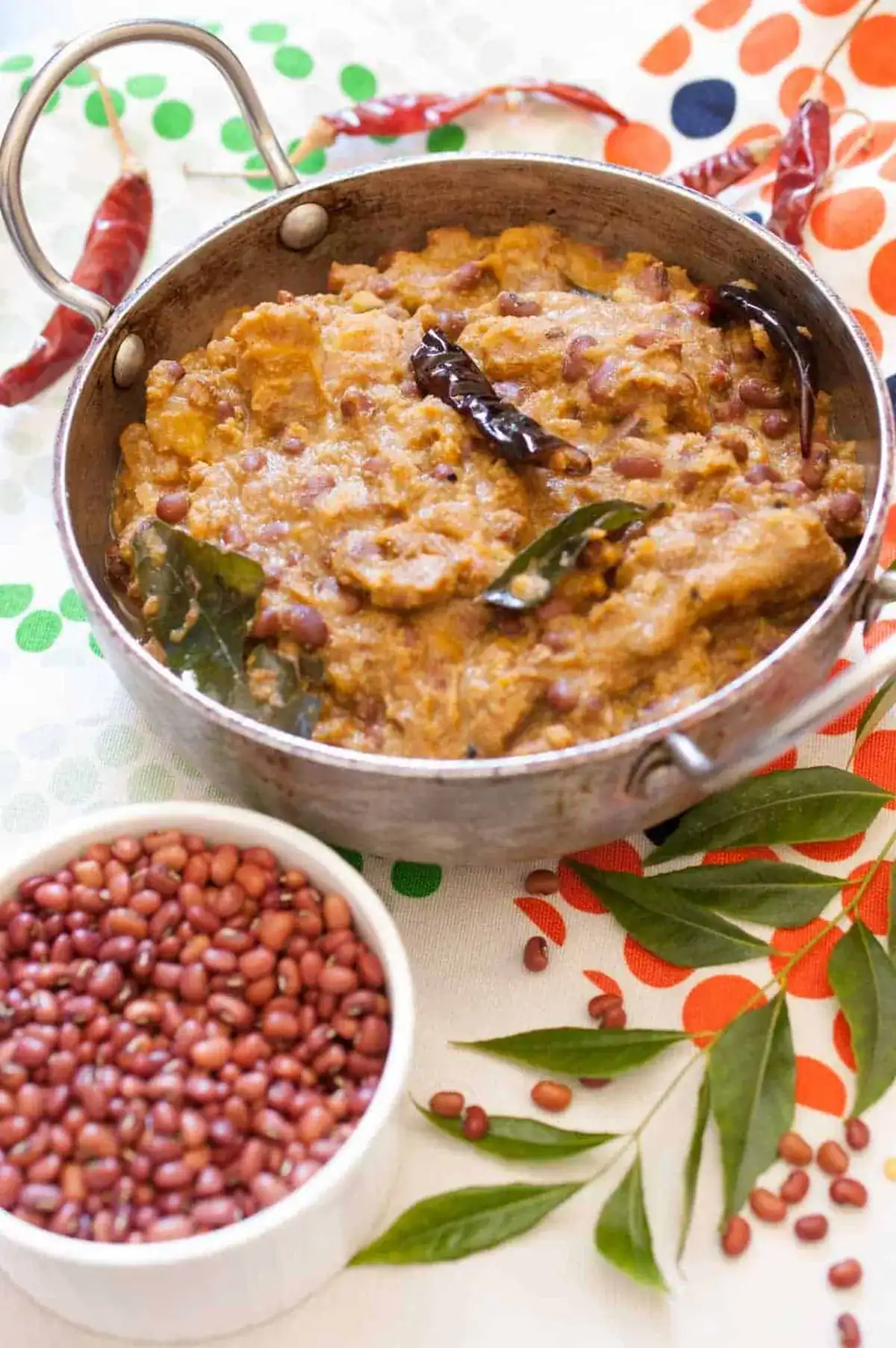
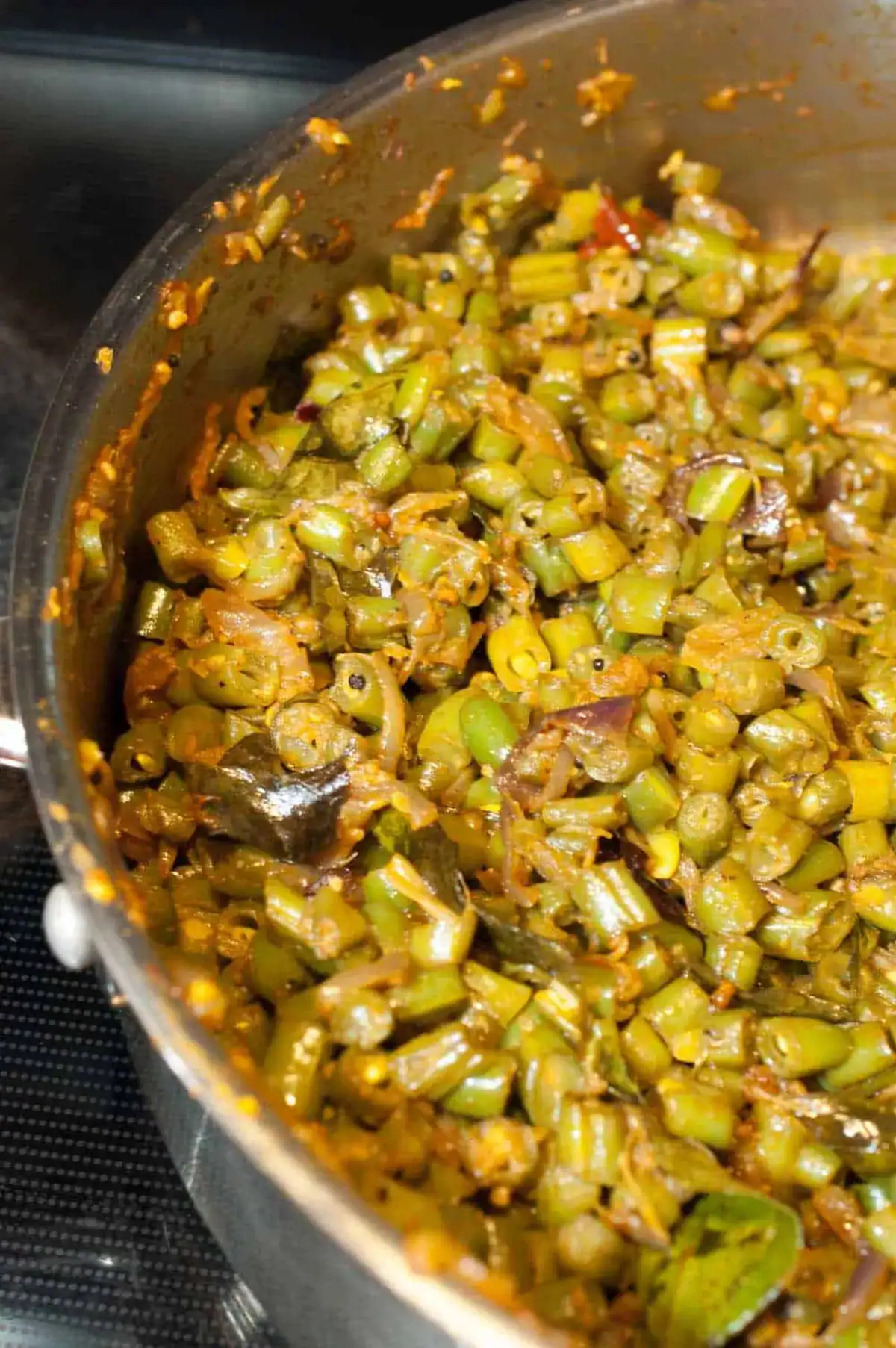
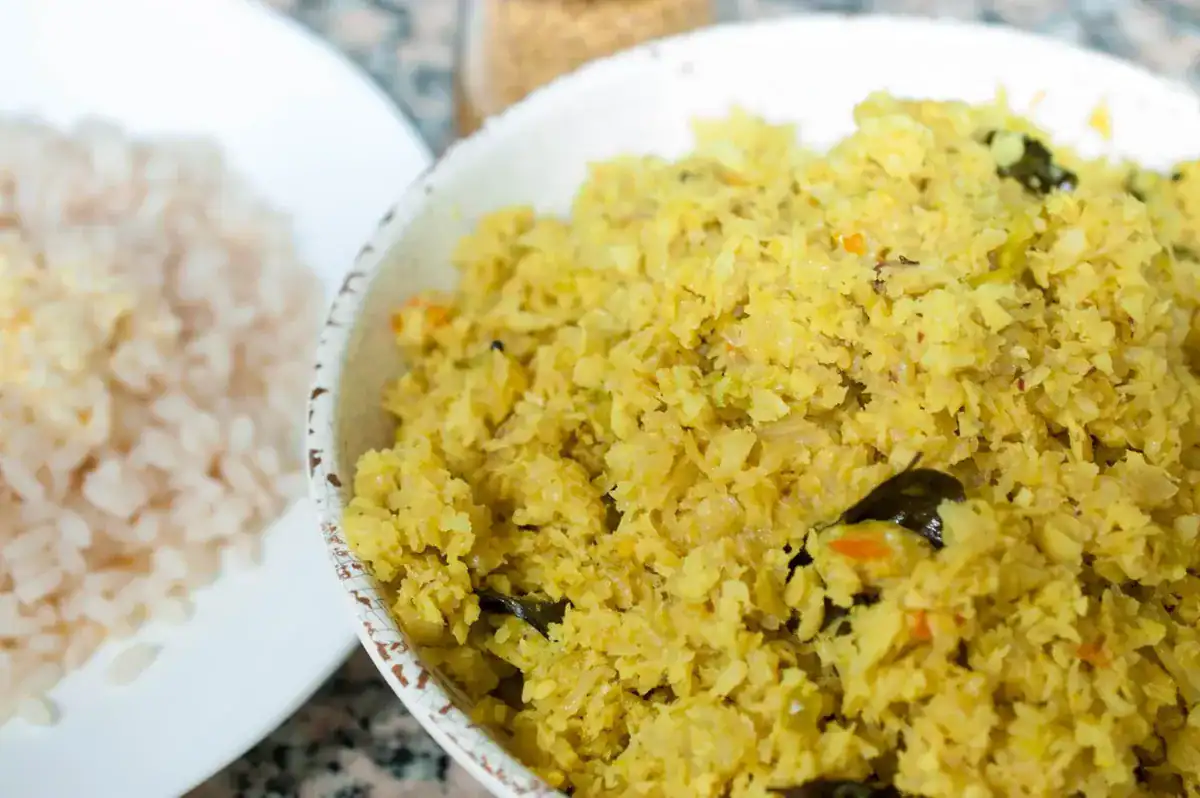
Love appams!! Thank you for sharing this recipe.. wow it's quite a lot of work to make!
Yes, It's so yummy. Super soft and fluffy. It needs fermentation and needs to be prepared ahead. Not so difficult if you have all the ingredients in hand.
If I'm using active dry yeast , how many tsf should I use and also in how many cup of water should I dilute?
Hi Mary, you can dissolve 1 teaspoon of active dry yeast in 1 - 2 tbsp of lukewarm water.
Thanks for pointing it out. I have updated the recipe.
How long should it be left to ferment?
It will take around 8-9 hours to ferment.